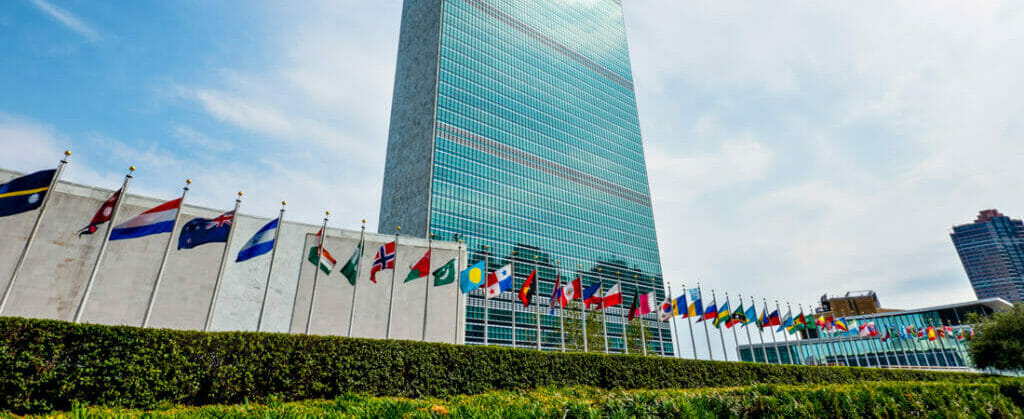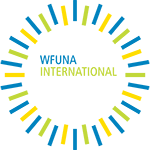Even after wars end, landmines, cluster munitions, and improvised explosive devices (IEDs) remain buried in the ground, continuing to kill and injure civilians. These explosive remnants of war (ERW) make farmland unsafe, block access to schools and hospitals, and prevent displaced families from returning home. In short, they keep communities trapped in the shadow of war long after the fighting has stopped.
To respond, the international community amended Protocol II to the Convention on Certain Conventional Weapons (CCW) that entered into force in 1998 to protect civilians and combatants from harm caused by mines and other devices, established landmark treaties such as the Anti-Personnel Mine Ban Convention (Ottawa Treaty) that entered into force in 1999 and the Convention on Cluster Munitions that entered into force in 2010.
Yet challenges remain. The problem today is widespread. At least 58 States and territories remain contaminated with anti-personnel mines, 29 are affected by cluster munition remnants, and more than 60 face IED contamination. This is placing mine action efforts under great strain.
Some States are withdrawing from or suspending their participation in these treaties, raising concerns about backsliding on humanitarian norms. Meanwhile, non-State armed groups are increasingly using sophisticated IEDs in places such as the Democratic Republic of the Congo, Mali, Nigeria, and Somalia. And the expanded use and subsequent contamination across conflict zones continues to grow in the fields of Ukraine, urban centres in Gaza and the Sudan, the Syrian Arab Republic and rural communities in Myanmar.
Mine action is about more than removing explosives. It is also about supporting peace, development, and human security. Clearing contaminated land enables farmers in Afghanistan and Iraq to plant crops again, displaced families in South Sudan to return home, and peacekeepers in Somalia and the Central African Republic to move safely on key supply routes. Risk education programs—from theatre performances for children in Abyei to television campaigns in Afghanistan and school-based programs in Yemen—help people avoid danger in their daily lives. Survivors receive assistance ranging from prosthetic limbs in the Syrian Arab Republic to psychosocial support and livelihood training in Nigeria and Viet Nam, helping them reintegrate into society.
The UN General Assembly’s Fourth Committee plays an important role by keeping global attention on this issue, reviewing reports, and ensuring accurate information is shared. The UN Mine Action Service (UNMAS), together with other UN bodies, integrates mine action into broader humanitarian and development efforts—from rebuilding schools and clinics in Viet Nam on cleared land to ensuring safe agricultural recovery in Ukraine.
Yet funding for mine action has fallen sharply in recent years, even as global military expenditures have reached record highs. Many NGOs have been forced to scale back programmes, threatening progress. Climate change further complicates clearance, with floods in Afghanistan and heavy rains in Abyei shifting explosive ordnance into new areas and reducing safe operating windows.
In the end, mine action is both a humanitarian and a development priority. It saves lives, restores land to productive use, and builds safer, more resilient societies. By upholding international humanitarian disarmament treaties, investing in clearance, victim assistance, and risk education, and ensuring predictable funding, the international community can make progress toward the goal of a world free from the deadly legacy of mines and explosive remnants of war.


